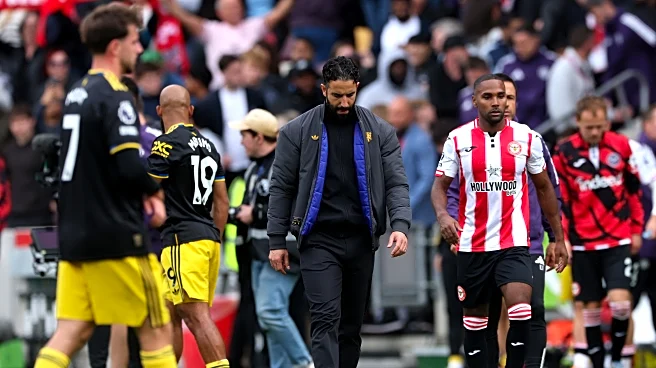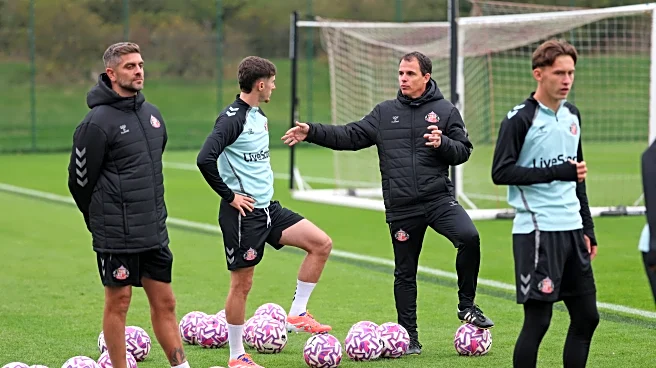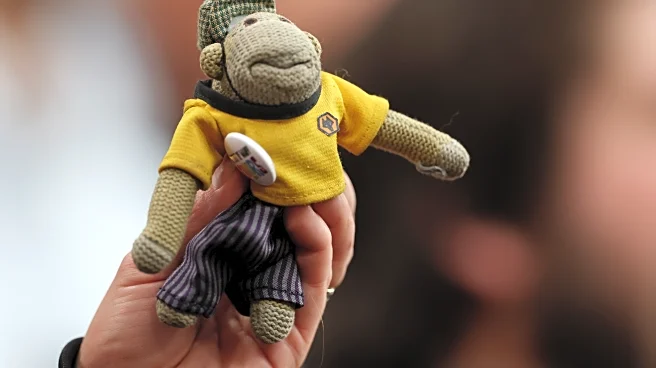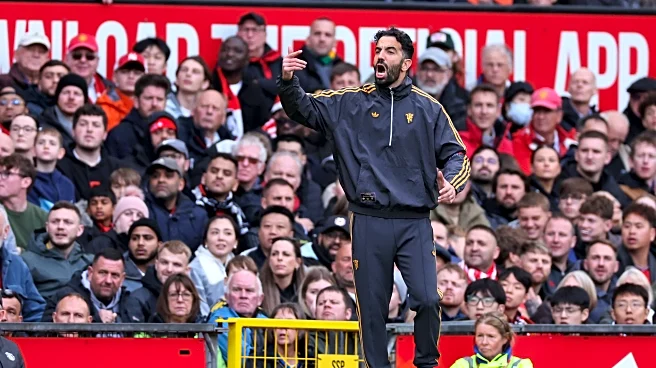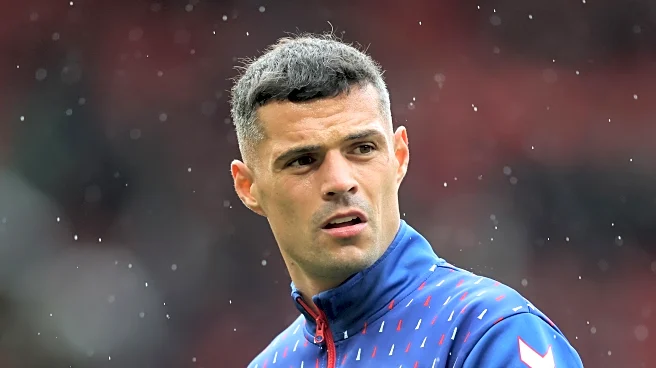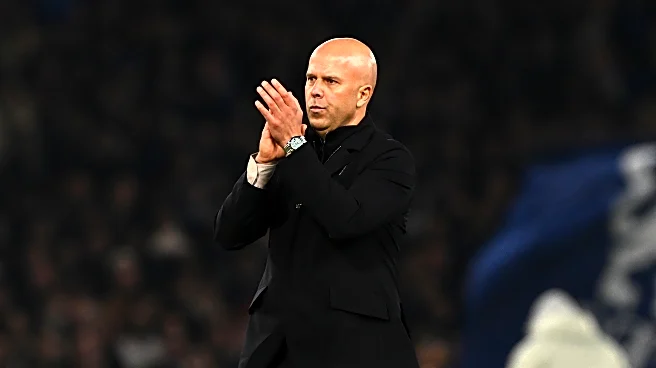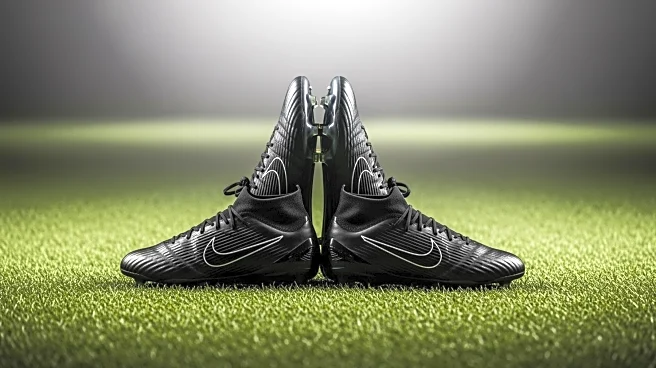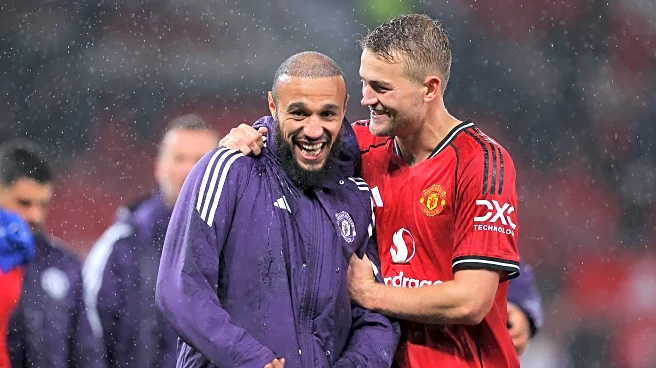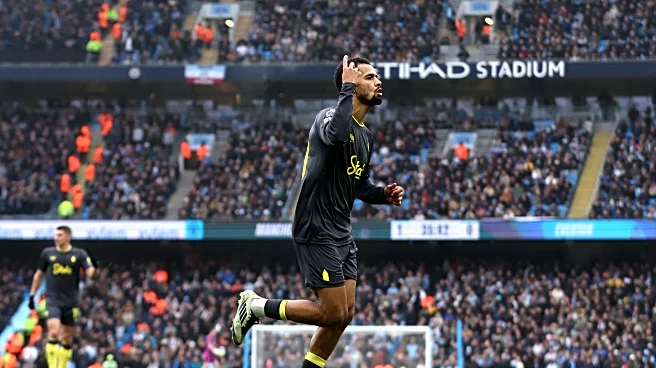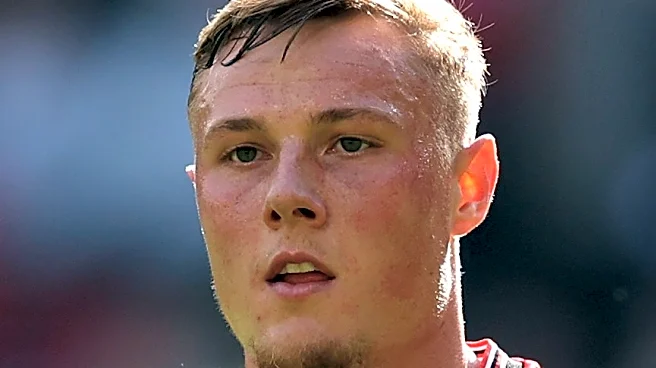One of the most common questions I get asked is how can you tell if a mistake is due to the tactical system or just the individual error of the player? It’s a very good question, not just because Ruben
Amorim made comments about it in his press conference before the Sunderland match, but because in today’s day and age, Manchester United makes a lot of mistakes!
Individual mistakes are going to happen. Every player makes mistakes. What separates the best players from the average ones is how often they make mistakes. The manager’s job is to understand what causes his players to make mistakes and try to avoid putting them in those scenarios. The best tactical systems won’t eliminate mistakes entirely just like good players can overcome bad situations they’re put into due to tactical flaws.
But how can we tell whether something is an individual mistake or if it’s from poor tactics? The first goal United conceded in their 3-1 loss to Brentford provided us with a wonderful example of this.
Early last week I posted a thread detailing how the goal starts from a sequence of United’s system actually working. You can click the link below so we don’t have to rehash it here.
United get the overload, they work the ball into the middle of the pitch and create a 4v3 break against Brentford with their wingback leading the charge. The break is created because the wingback steps up into the middle of the pitch as he’s supposed to. It breaks down because that wingback is Diogo Dalot – who is not good in these spots as he’s not a great passer – makes a bad pass.
Here’s what happens next.

At the last second before Jordan Henderson plays the ball Harry Maguire tries to rush up and play Thiago offside. This is an individual mistake from Maguire. When Cunha loses the ball Maguire initially starts backing up, making the gap to play him offside too big. It’s not worth the risk.
Once Maguire starts backing up he should have just played the ball. Either creating an aerial duel out of this long ball – which he would have the advantage in winning – or if he can’t get there in time play his angles and get himself back into position to either try and nick it off Thiago, make a pass back to Bayindir, or angle Thiago wide and make his shot as difficult as possible.
Maguire makes an individual mistake but now let’s take a look at the situation he found himself in.

As United breaks up the pitch, wide center-backs Matthijs de Ligt and Luke Shaw push up the pitch aggressively. This isolates Maguire and effectively leaves him in a back one.
This is the second time in three weeks that United have conceded a goal from a situation where Maguire found himself playing in a back one!

Twice in three weeks is a pattern. Something about how United are being told to play – specifically their wide center backs – is leaving them vulnerable to this scenario.
Watch the sequence again. Matthijs de Ligt pushes forward aggressively. He never looks over at Maguire to see where he is, it’s of no concern to him. He pushes forward because it appears that’s what he’s been told to do in this scenario. That leaves a ton of space between him and Maguire – as well as behind him for Brentford to attack with a long ball.
If that’s the way he’s being coached to play, that’s a flaw in the coaching. You shouldn’t be leaving that much space in between players in your back three like that. If it’s a case of De Ligt being too aggressive, that’s also a poor reflection on the coach as this should have been addressed with him after it happened two weeks prior.
That you are leaving Maguire in this situation is further cause for concern. Contrary to popular belief, despite not having any recovery pace Harry Maguire is pretty good playing in a high line. In fact United’s average line height is typically higher when Maguire plays vs when he doesn’t because Maguire is playing.
Maguire is great in a high line when he gets to be the aggressive defender. The one who steps forward to make the interception or the tackle.

It works when he’s paired with someone who has recovery pace. Someone who can let him step up, and if he gets beat, they can clean up behind him. Maguire is not good if the other defender is the one stepping up. His lack of recovery pace puts him at a disadvantage if he has to clean up someone else’s mess. If a coach is going to play Maguire for the various other strengths he offers, you should not be asking him to be your deepest center back, tasked with covering space and cleaning up behind the other central defenders. Doing so is just setting him – and yourself – up for failure.
The second goal Brentford scored was another familiar one, looking similar to the first goal Burnley scored at Old Trafford in August. With Diogo Dalot pushing up high, Burnley worked the ball in behind, forcing Matthijs de Ligt to have to come out wide, something United’s center-backs don’t like to do. De Ligt does not commit to going all the way out wide, but nevertheless when Dalot tracks back, he comes inside to fill in for De Ligt. De Ligt tries to come back to the middle and send Dalot back out wide, where Dalot is late, while Shaw also needs to swap with De Ligt. With all the moving pieces, United lose track of the eventual goal scorer, who is never picked up as he makes a run into the box.
For Brentford, the goal starts with another long ball into the space between Maguire and De Ligt.

De Ligt tries to track the ball and win the header but misses badly. There’s your individual mistake.
With the ball’s trajectory going a bit wide, Dalot immediately breaks back to the inside to cover the space that is going to be vacated by Maguire, who will need to pull wide to cover for De Ligt, who you would assume is going to go wide to stay with his man.
Only De Ligt doesn’t do that. Thiago lays the ball off to Dalot’s vacated man and De Ligt doesn’t bother to pick him up.

That puts Maguire into emergency action to try and get wide, which he can’t do in time, while in the meantime, despite being right in front of Thiago, Dalot never tracks his run. When Altay Bayindir palms the cross right into the middle, it’s an easy tap-in for Thiago. Dalot is nowhere to be found.

This goal also had parallels to the goal United conceded against Fulham. Fulham created that sequence with a through ball in behind United’s fullback. Diogo Dalot would recover but was quickly put into a 2v1 situation where he received no help.
When Fulham played the ball down the line, Dalot had to choose who to mark, ultimately leaving Alex Iwobi open at the top of the box. Right-sided center back Leny Yoro had shaded over towards Dalot but never fully came over to provide help, enabling Iwobi to put the cross in uncontested. With Yoro shading over, De Ligt has to come over to pick up Yoro’s man. He’s late getting there so he doesn’t get position and no one covers De Ligt’s space, which Emile Smith Rowe runs right into.
The individual mistake on that goal belonged to Bruno – he doesn’t track his man. But the entire situation unfolds due to tactical flaws. Fulham plays a through ball in behind the wing-back, stretching out the entire defense. United get overloaded and players aren’t sure who to mark. The centerbacks start moving but don’t want to come out too wide, and at the end of the day, a man gets lost.
This seems to happen multiple times a game. Sometimes the players bail it out. Here against Brentford Matthijs de Ligt has stepped up into midfield, but ends up in a bit of no mans land.

Brentford do the same thing they’d been doing all game. They play a long ball in behind the wingback. Dalot stays with the run but De Ligt never hustles to get back into the box, leaving the middle wide open for an easy cutback. It’s an Altay Bayindir save that prevents it from becoming a 3-1 game.

In the first half, we saw Luke Shaw push up with the ball only to lose it out of bounds. With Patrick Dorgu already pushed forward there’s a gap on the left side of United’s defense.

Brentford quickly recognize the space and attack it. From there it’s another through ball targeting the space in between Harry Maguire and Matthijs de Ligt. This time the danger is cleaned up when De Ligt makes a tackle.

When United played Fulham back in August, Fulham’s equalizing goal came from a sequence that began with Fulham’s striker, Raul Jimenez, dropping into midfield and pulling one of United’s wide center backs with him. After the match, both Alex Iwobi and Fulham manager Marco Silva publicly stated that this was a deliberate tactic from Fulham as they were looking to target the fact that United’s center backs are uncomfortable stepping up into midfield and are typically slow in doing so.
Fast forward to United’s most recent match against Sunderland. Sunderland have the ball along their back line. Two forwards, Brian Brobbey and Eliezer Mayenda, are right along the last line of United’s defense, specifically on top of Luke Shaw.
One Sunderland midfielder drops deep, pulling Kobbie Mainoo further forward and creating a large gap in the middle of the pitch. Mayenda who starts the sequence in between the left center back and the left wing back, drops into that space. At the same time Brobbey makes a run down the middle in behind United’s defense.

When Mayenda drops into space, it’s an easy pass through United’s midfield to the vacant Mayenda.

Mayenda has plenty of time and space to receive the pass and turn forward. As Shaw didn’t originally follow him, he now has to step into midfield. This puts him at a big disadvantage. A defender running at an attacker is every attackers dream. They’re the easiest type of defender to bypass.

It doesn’t take much for Mayenda to slip past Shaw, leaving him free to run straight at United’s back line – the number one situation you always want to avoid. Sunderland has a four vs. three advantage when Matthijs de Ligt decides to leave his man open and run towards the ball in the middle.

With De Ligt coming to the middle, Mayenda slips a simple pass to Chemsdine Talbi who gets a great look at goal.

But the sequence is thwarted by a great save from Senne Lammens.

The sequence shows a mix of tactical and individual failures but it’s another example of the compromising situations United’s tactics keep putting their players in.
Fulham openly talking about deliberately attacking this particular situation in the second game of the season identified a weakness in United’s system that should have been addressed. That five games later teams are still attacking the same weakness is a coaching failure. It can be argued that with better outside center backs this wouldn’t actually be a weakness but this has occurred with Shaw, Leny Yoro, De Ligt, and even Ayden Heaven against Grimsby. Those are all the center-backs United have. If none of them can do it – yet you keep asking them to – you’re not setting them up for success.
As noted above, the sequence starts with Brobbey matching up against Shaw and Mayenda drifting in from out wide. When one drops into midfield and the other, who is closer to him, starts making a run in behind, Shaw has to make a decision as to who to follow. After Shaw is bypassed De Ligt makes a decision to run to the ball rather than letting Maguire deal with the ball and focusing on blocking the passing lane to the wide man. It’s another baffling individual decision.
United are falling victim to their defenders are making mistakes week after week. However, that teams keep using the same patterns to attack United is a sign that there’s a tactical flaw that teams are exploiting. Those flaws continuously put United’s defenders in awkward situations where they have to cover too much space and make important decisions in a matter of seconds.
Ask them to continuously make these decisions and eventually they’re going to make the wrong one. Even if they make the right decision 20 times in a match or 50 times, it only takes one for the ball to end up in the back of the net. That’s the hard part about being a defender. When they make the right choice, no one notices. The one time they make the wrong choice, no one forgets.
It’s the coach’s job to reduce the chances of the player making the wrong choice. The way good coaches do that is by working to avoid putting players in situations where they have to make difficult choice and instead keeping them in situations where the decisions are simple. This way the players can do less thinking and more reacting.
